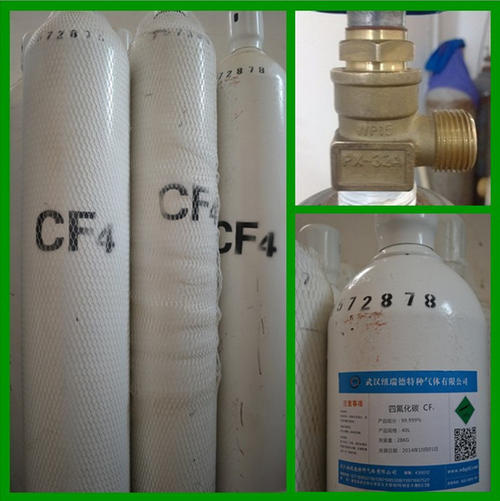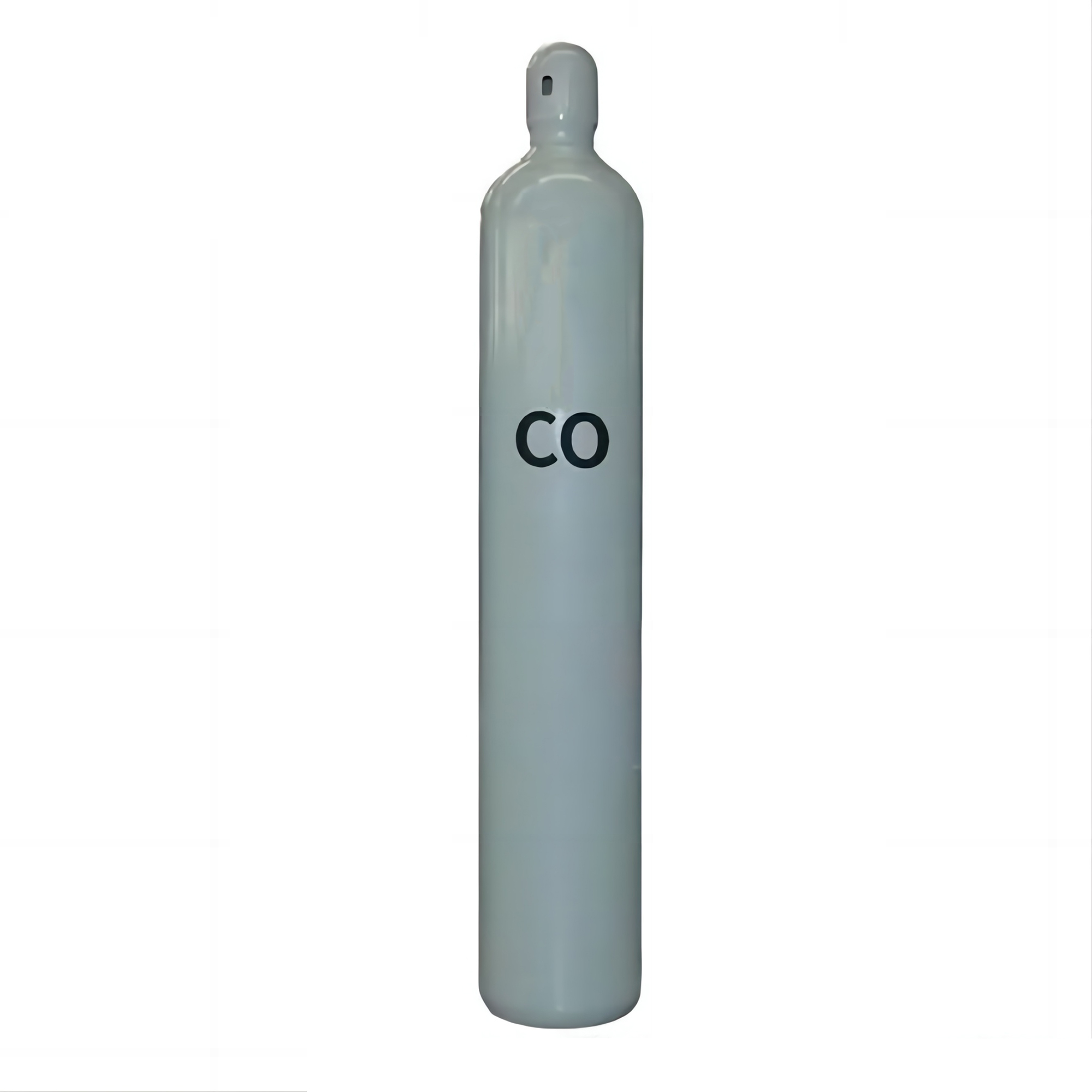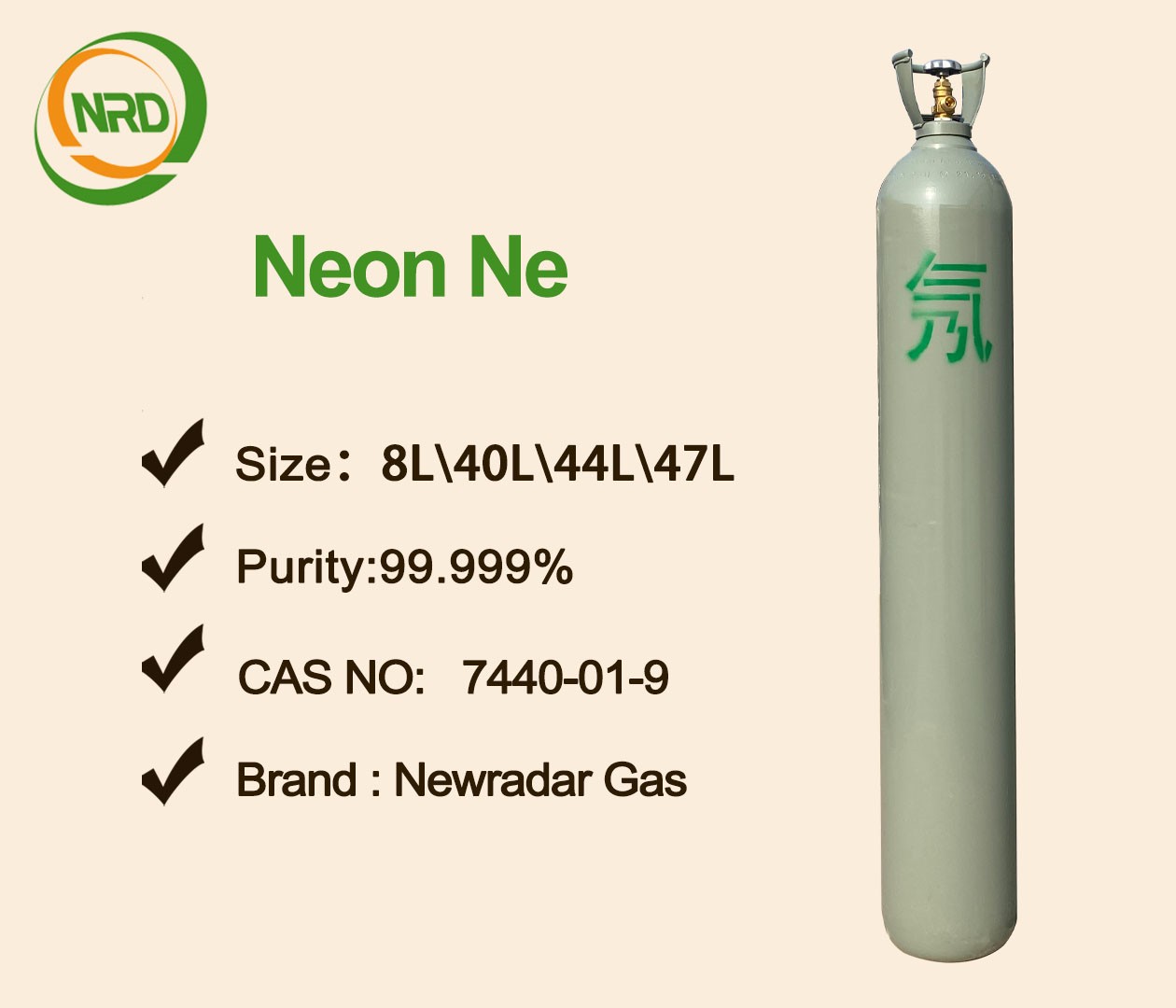A new node of carbon tetrafluoride
China Advances Carbon Market Expansion with Sector-Specific Roadmap
On September 9th, China’s Ministry of Ecology and Environment unveiled a draft policy to integrate cement, steel, and primary aluminum production into the national carbon emissions trading framework. Titled the National Carbon Market Expansion Implementation Framework, the proposal seeks public feedback before finalization, marking a strategic move to align domestic climate efforts with international decarbonization objectives.
Implementation Timeline
The phased approach spans two critical periods:
Stage 1: Capacity Building (2024–2026)
This transitional phase prioritizes operational familiarization and infrastructure development. Beginning in 2024, firms in the three targeted industries will enter the emissions trading system, with their inaugural compliance cycle ending in December 2025. Initial carbon quotas will correlate with production output, while regulators will tightly balance allowance surpluses and deficits to minimize market volatility.
Stage 2: System Optimization (2027–)
Post-2027 reforms will introduce stricter quota allocation protocols and performance benchmarks. Enhanced carbon intensity reduction targets will incentivize low-carbon technology adoption, while quota distribution mechanisms will transition toward greater accuracy and fairness to maximize environmental efficacy.
Emission Scope & Regulatory Parameters
The framework targets direct emissions from fossil fuel usage and manufacturing activities:
Cement/Steel: CO₂ emissions from combustion and chemical processes
Aluminum: CO₂, CF₄ (tetrafluoromethane), and C₂F₆ (hexafluoroethane) emissions
Participation Thresholds
Facilities generating over 26,000 metric tons of annual CO₂-equivalent emissions—approximately 1,500 additional entities representing 3 billion tons of CO₂—will be mandated to join the system. Participants must implement rigorous emissions tracking and disclosure protocols.
Quota Management & Enforcement
Initial Allocation: Free quotas tied to production volumes during the adaptation phase
Market Compliance: Entities exceeding allowances must procure additional credits via centralized exchanges or incur fines. Provincial agencies will audit annual compliance documentation.
Data Integrity Measures
A multi-layered verification system (national, provincial, municipal) will scrutinize monthly emissions and fuel-use reports. Authorities are piloting real-time monitoring solutions to enhance transparency and reduce reporting discrepancies.
Strategic Implications
Incorporating these energy-intensive sectors into China’s ETS signals a critical evolution of the world’s largest carbon market. Analysts anticipate rising carbon prices as free quota allocations diminish progressively, creating financial incentives for green innovation. This expansion is positioned to accelerate progress toward China’s dual climate targets: peaking emissions by 2030 and achieving carbon neutrality by 2060.
- Prev: Downstream applications of electron grade gas
- Next: None





 Facebook
Facebook YouTube
YouTube LinkedIn
LinkedIn Twitter
Twitter